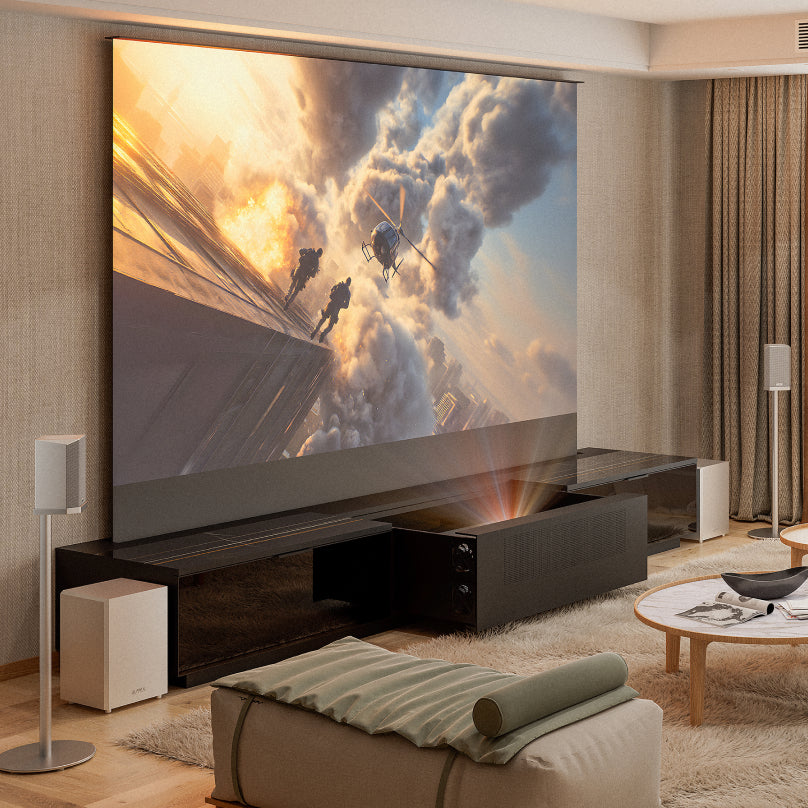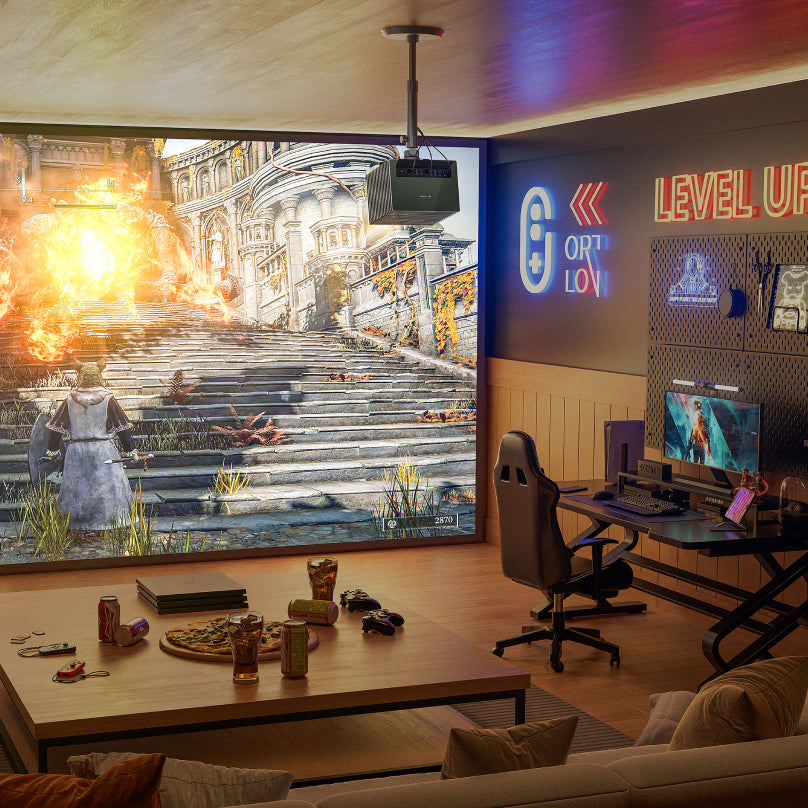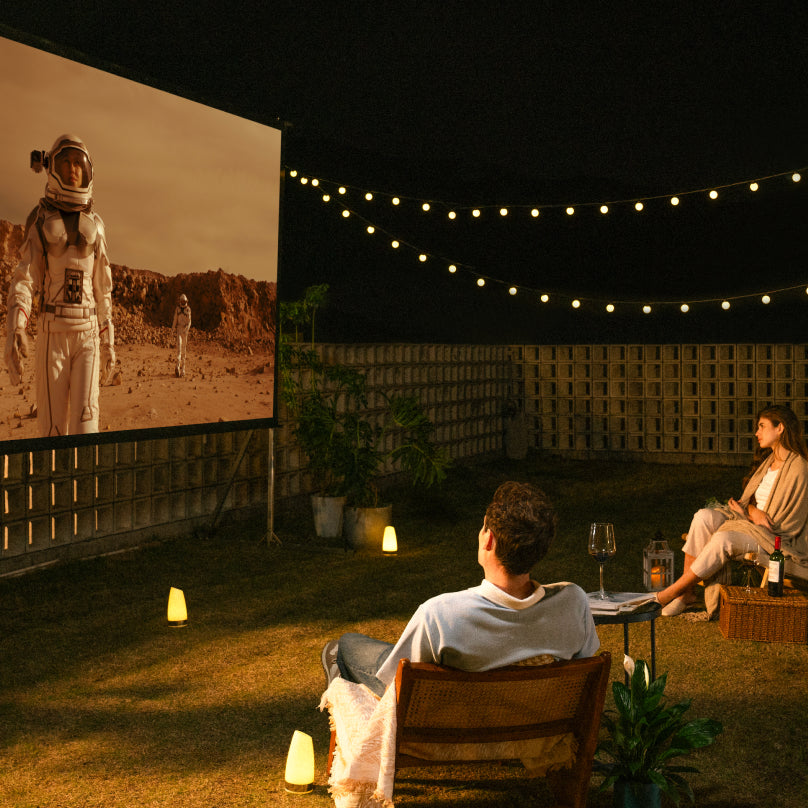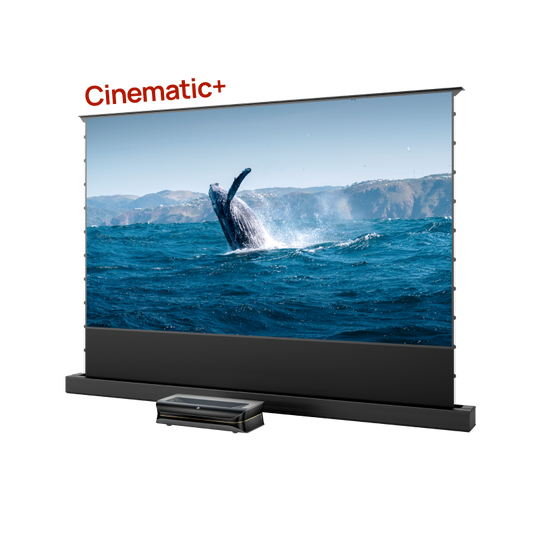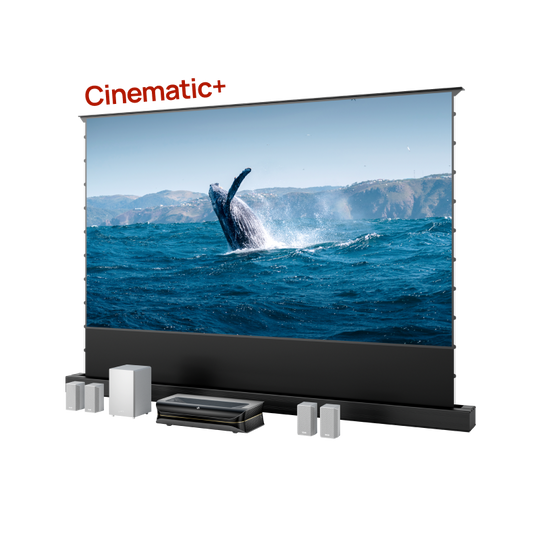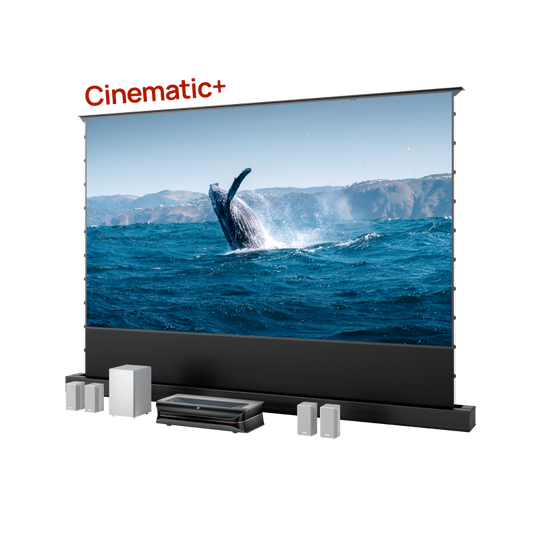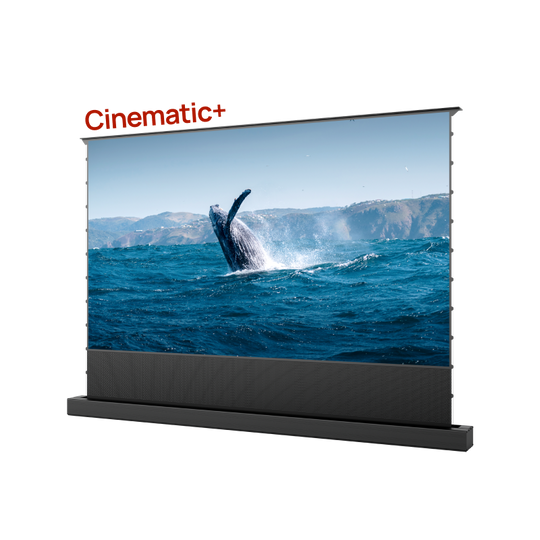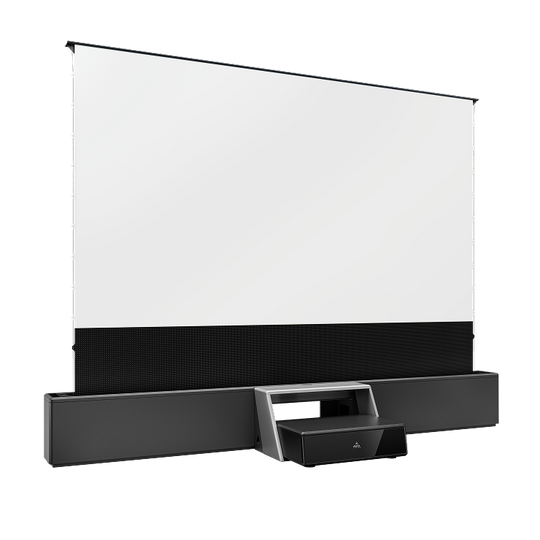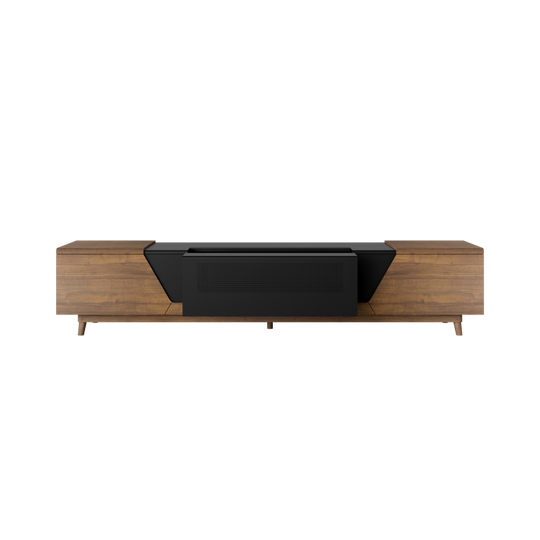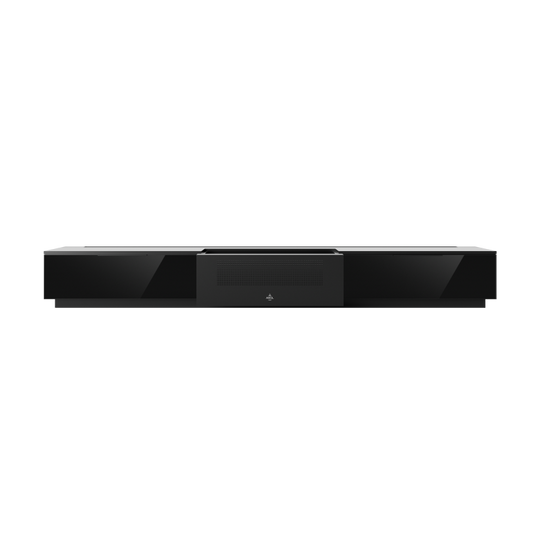When you turn on your projector to watch a movie or play a game, you see that HDR mode is turned on and observe that color visuals are brighter and more detailed, but how? That may be the effect of the dynamic range, which is the range difference between the darkest black and the brightest white. SDR vs. HDR is the comparison between clarity, details, and the visual experience of the images. Projector buyers need to understand the comparison of SDR vs. HDR to enhance their viewing experience.
In this blog, we’ll explore the key differences between SDR and HDR, helping you understand how to leverage these features to improve your viewing, gaming, and professional experiences.
What is SDR?
Standard Dynamic Range (SDR) refers to the established mode that captures, processes, and displays a slight range of brightness and color values. It signifies a luminance value of 100 to 300 nits and a dynamic range of 6 to 10 stops.

The visual experience depends on various factors; one major factor is dynamic range. SDR is a standard for visual content displays, which is essential for old projectors. SDR uses standard gamma curves and is compatible with various traditional displays such as televisions, projectors, and computer monitors. SDR has been in use for decades as the ideal and conventional method for rendering images and videos. Some key characteristics include:
- Limited contrast value impacts a slight range of brightness or luminous levels. The images contain both dark and white colors, and it can sometimes be difficult to reproduce details in the darkest or brightest parts of the images.
- SDR allows a maximum of one of 256 shades of each main color. It uses 8-bit color depth, which is lesser and can result in color grouping, especially in gradients and smooth color shifts.
- Conventional computers and TVs provision years-old industry standards called Rec.709 that have standard gamut color space.
What is HDR?
Besides SDR, HDR (High Dynamic Range) images or videos are captured, processed, and displayed with a broader range of whiteness and color values. This technique brings details to visual content with dark and bright scenes. HDR enhances the quality of the images and videos by bringing sharpness to the dark shadows of the screen to make them look more realistic and dynamic.

Some of the interesting key characteristics include:
- HDR content displays a wider contrast ratio, which signals that dark shadows are slightly darker and bright highlights are deeper. This broader contrast results in an immersive and deeper viewing experience.
- HDR uses 12-bit color depth, allowing one of 1024 or 4096 shades of each color. It allows for an extensive color palette and reduces the color grouping.
- HDR uses new industry color gamut standards, such as Rec. 2100. It brings a broader range of color contrasts, which is more detailed for the human eye.
SDR vs. HDR: Key Differences
Before buying a projector, you must learn the significant key comparative differences between SDR and HDR. It enables you to understand the color depths and broader vision of the image details being displayed.
Color Gamut
Color gamut provides a range of colors within a color space, reproduced on an output device such as screens, televisions, or projectors. SDR uses old-fashioned Rec 709, whereas HDR uses Rec. 2100. Color gamut is essential to display a wide range of colors in images or videos that affect picture quality. SDR displays a limited color gamut that reproduces lesser details. On the other hand, HDR uses a broader color gamut, which reproduces a wider range of image or video details.
Brightness
Color brightness impacts our viewing experience, which explains why brighter colors enhance vision, details, and image realism. SDR uses a limited brightness range between 100 and 300 nits, while HDR uses a wider range exceeding 1000 nits.
Depth of Color
The maximum number of colors used in the images or video displayed in screen pixels is called color depth. SDR uses 8-bit color depth, which means each pixel uses one of 256 shades of each color, and HDR uses 12-bit color depth, which means each pixel uses one of 1024 or 4096 shades of each color. The wider range of colors available in pixels produces lesser chances of color grouping in HDR, displays subtler colors, and enriches the viewing experience.
Comparing 4K SDR and 1080p HDR
The comparison depends on the displayed images of your viewing choices. Gaming enthusiasts are more inclined to color contrasts and color ranges because of the vibrant gaming colors, so they use 1080p HDR. In comparison, movie enthusiasts would focus on details and resolution, which inclines them to use 4K SDR. In short, 4K SDR provides enhanced pixels of 1080p, whereas 1080p HDR improves the brightness and colors of the images.
Pros of 4K SDR
- Pixel Density and Higher resolution
- Accommodation on larger screens
- Widely used
Cons of 4K SDR
- Comparatively expensive
- Lesser content in 4K SDR
- Require more bandwidth in download
Pros of 1080p HDR
- Relatively cheaper
- Required lesser bandwidth in download
- Regular content is available
Cons of 1080p HDR
- Lower resolution and pixel density
- Limited use for larger screens
Choosing Between SDR and HDR
When buying a projector, a comparison of SDR vs. HDR mode is essential. We have understood that SDR mode is limited in color depth, brightness, and gamut, which ultimately affects the viewing experience.
For movie enthusiasts, the AWOL Vision LTV-3500 Pro UST projector delivers the ultimate experience in HDR mode. This projector not only supports HDR but also features Dolby Vision and HDR10+, ensuring that every scene comes to life with stunning detail and vibrant colors. Whether you're watching your favorite films or diving into immersive gaming, the expansive color range and deeper blacks provided by these advanced technologies make every moment more engaging.
Similarly, for gamers who demand precise color, detail, and depth, HDR mode on the AWOL Vision LTV-3500 Pro is the perfect choice. Dolby Vision and HDR10+ enhance the gaming experience by providing a wider color spectrum and more detailed highlights and shadows, allowing players to fully immerse themselves in the game.
Professionals who prepare video presentations to captivate their audience also benefit from these features. The enhanced color depth, image clarity, and brightness offered by Dolby Vision, HDR10+, and HDR on the AWOL Vision LTV-3500 Pro ensure that your visuals are as impactful as possible.
Therefore, our recommendation is to use AWOL Vision LTV-3500 Pro UST projector.

